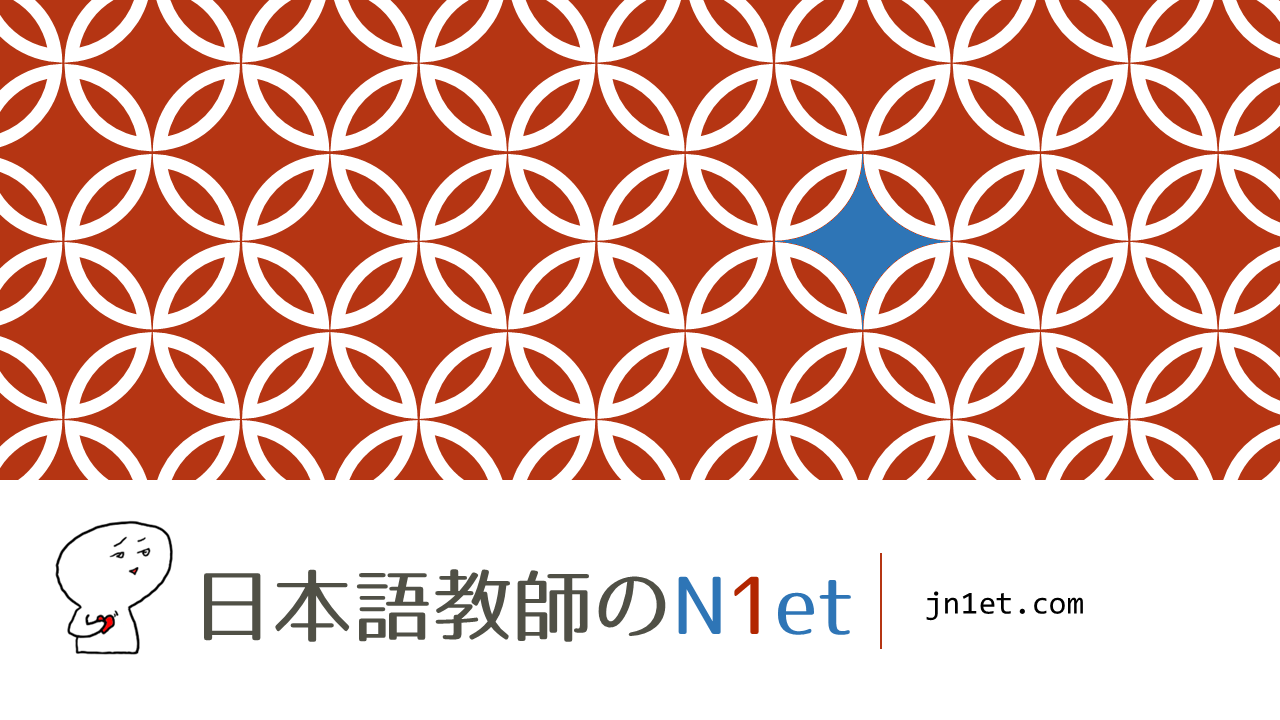これも意味用法が実に多い文型の一つで、しかも意味がまったく違う
用法①
接続
Vジ・Nの+上で/の/でも/での
V:する+上で/の/でも/での
A:なし
Na:なし
N:実行の+上で/の/でも/での
意味・使い方
1.~する前に・目的
2.前件でこれから行う事・目的を示し、後件でその目的に必要な事などを述べる
3.後件に意志表現・働きかけの文は×
・日本語を学ぶ~教科書 ×を買ってください 〇は必要だから、買ってください
比較文型
サイニN2
・去年のクリスマスの ×上で 〇際に 彼と離婚した
↑クリスマスは動作性のVではない
例文
計画を実行する上で、注意することが2つある。
あなたを採用する上で、2つ条件があります。
イベントを成功させる上で、皆の協力が必要だ。
用法②
接続:Vタ・動作性名詞の+上で
た形・動作性名詞の+上で
V:した+上で
A:なし
Na:なし
N:ご覧の+上で
意味・使い方
1.した後で
2.後件に意志表現・働きかけの文〇
比較文型:「てから」
「てから」は順接
〇私は朝食を食べてから新聞を読む
×私は朝食を食べた上で新聞を読む
(新聞を読むには朝食を食べなければならない、という変な日本語になる。「私は必ず朝食を食べてから新聞を読まないと落ち着かない」という人ならばOKだが・・・)
比較文型:「あげくに N2」
「あげくに N2」と「~結果」は主に成行きを表す
例文
ネットだとよくわからないから、実際に店で商品を見た上で、購入を考えたい
彼は危険を知った上で、親友を助けるために雪山に向かった
表紙の掠れも写真を取って販売ページに掲載しますので、了解いただいた上でご購入していただく形にしようと思います。何卒よろしくお願いします。
IDを調べて写メった上で事務局に通報しておきました。
当日の開場から物販までの諸注意およびご案内を以下数点ツイートさせていただきます。お目通しいただいた上で当日お楽しみくださいませ。
退職届を出した親友、上司から殺すぞや地獄見せてやるからな、などと言われたようで労基にチクった上で精神科で診断書出してもらって辞めたらしい
本日さらに値引きいたしました!! 最終値下げとなりますので、気になる商品はお早めにどうぞ。 尚、注意事項がございますので必ずご理解いただいた上でご購入下さいませ。
用法③
接続
た形・動作性名詞の+上で
V:した+上では
A:なし
Na:なし
N:ご覧の+上では
意味・使い方
1.Xの範囲で
2.Xの範囲ではYである(慣用的な言い方が多い)
例文
信号無視は法律の上では、2万円以下の罰金だが、注意されることはほとんどない。
用法④
慣用表現として使われる
例文
酒の上でも上司に対しては丁寧な態度をとらなければならないのにはうんざりだ。
自分が何を言っているのか承知の上で言っているのか。


コメント